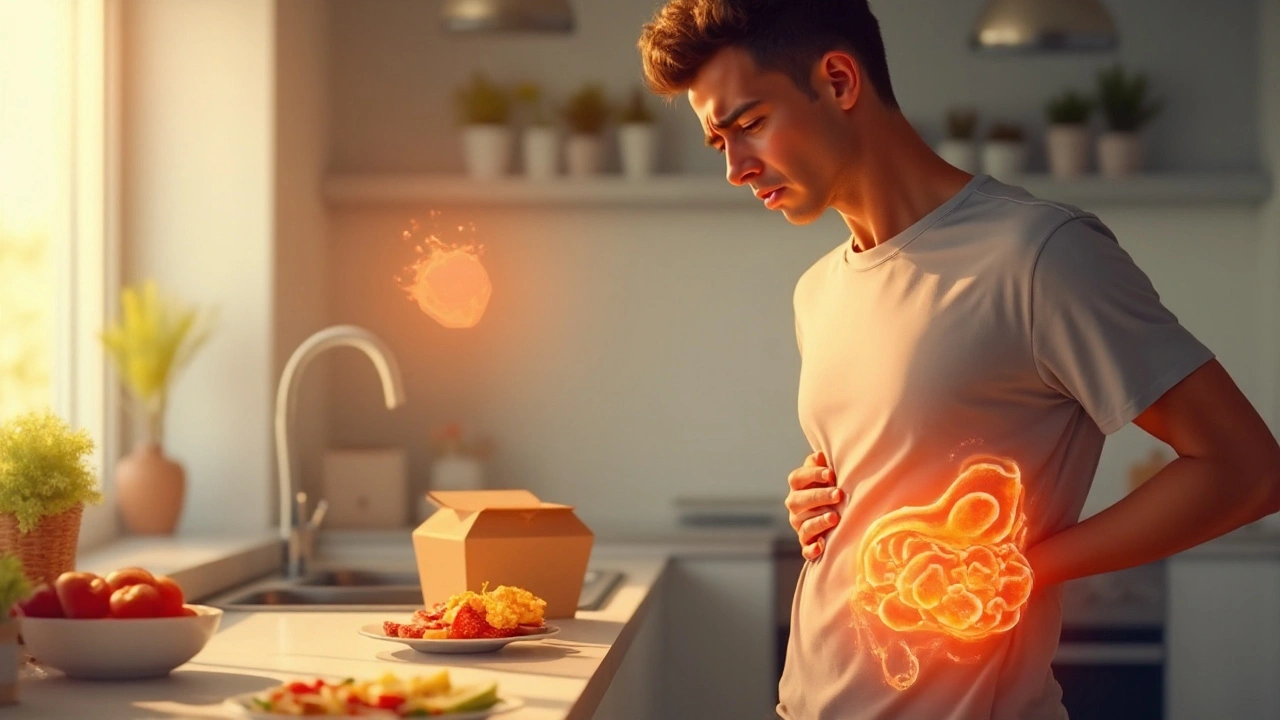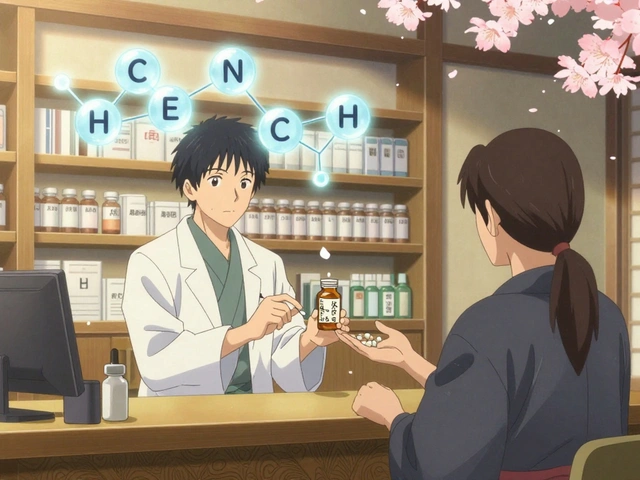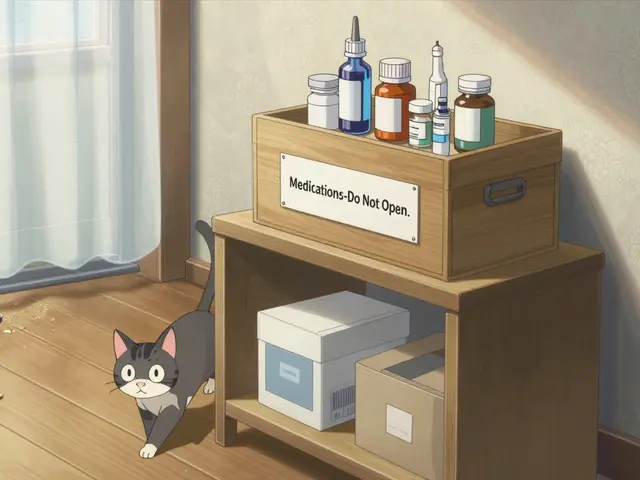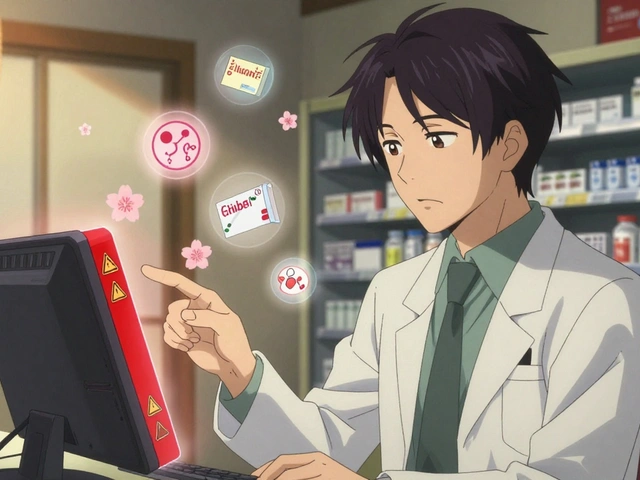Gallbladder Health and Treatments
When working with gallbladder, a small, pear‑shaped organ beneath the liver that stores and concentrates bile. Also known as the bile reservoir, it plays a key role in breaking down dietary fats. The gallbladder stores bile, a digestive fluid produced by the liver that emulsifies fats, releasing it into the small intestine after a meal. This simple storage‑release loop lets your body handle a steak or a fried egg without a hitch.
Problems start when gallstones, hard deposits made of cholesterol or bilirubin that can block bile flow form. A stone that blocks the cystic duct can trigger cholecystitis, inflammation of the gallbladder that usually causes sharp pain and fever. In many cases, doctors recommend a cholecystectomy, surgical removal of the gallbladder, often done laparoscopically to prevent recurring attacks. After removal, the liver still makes bile, but it drips directly into the intestine, so most people adjust without major issues.
What You’ll Find Below
Below you’ll see a curated list of articles that break down every angle of gallbladder care. We cover how to spot early signs of gallstones, dietary tweaks that may lower your risk, step‑by‑step guides for preparing for a cholecystectomy, and post‑surgery recovery tips. Whether you’re dealing with a sudden bout of pain or just curious about how the gallbladder fits into your digestive system, the collection offers practical advice backed by up‑to‑date research. Dive in to find the specific information you need and take charge of your gallbladder health.
Acid Indigestion and Gallstones: How They’re Linked and What to Do
Explore the surprising link between acid indigestion and gallstones, learn the shared risk factors, symptoms, diagnosis and steps to prevent pain.






